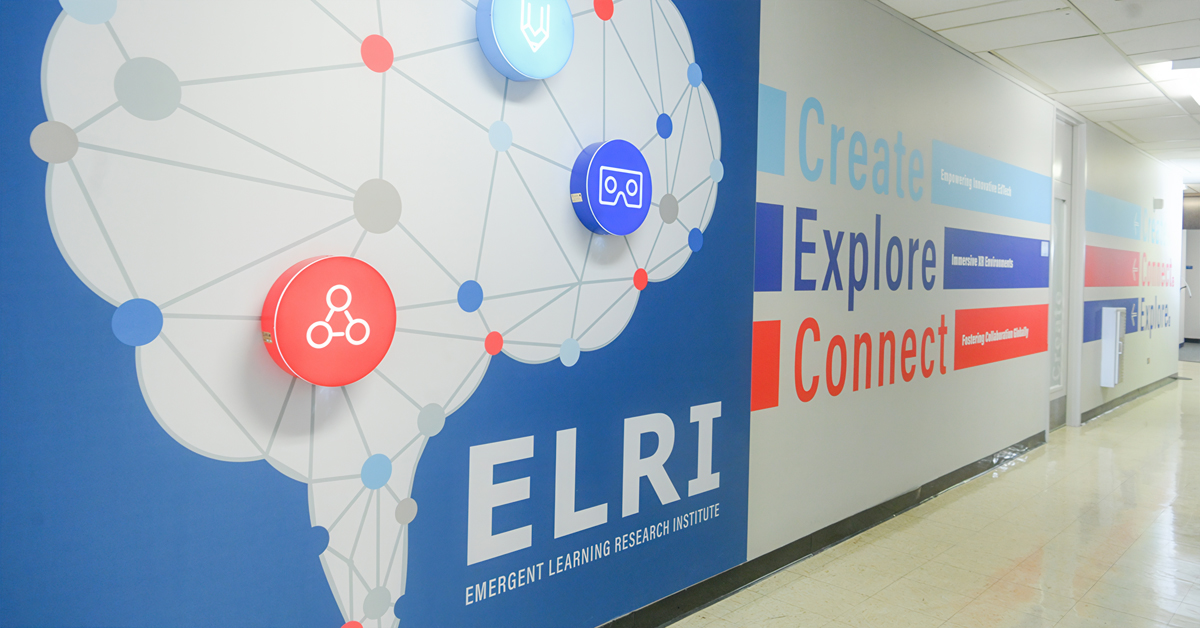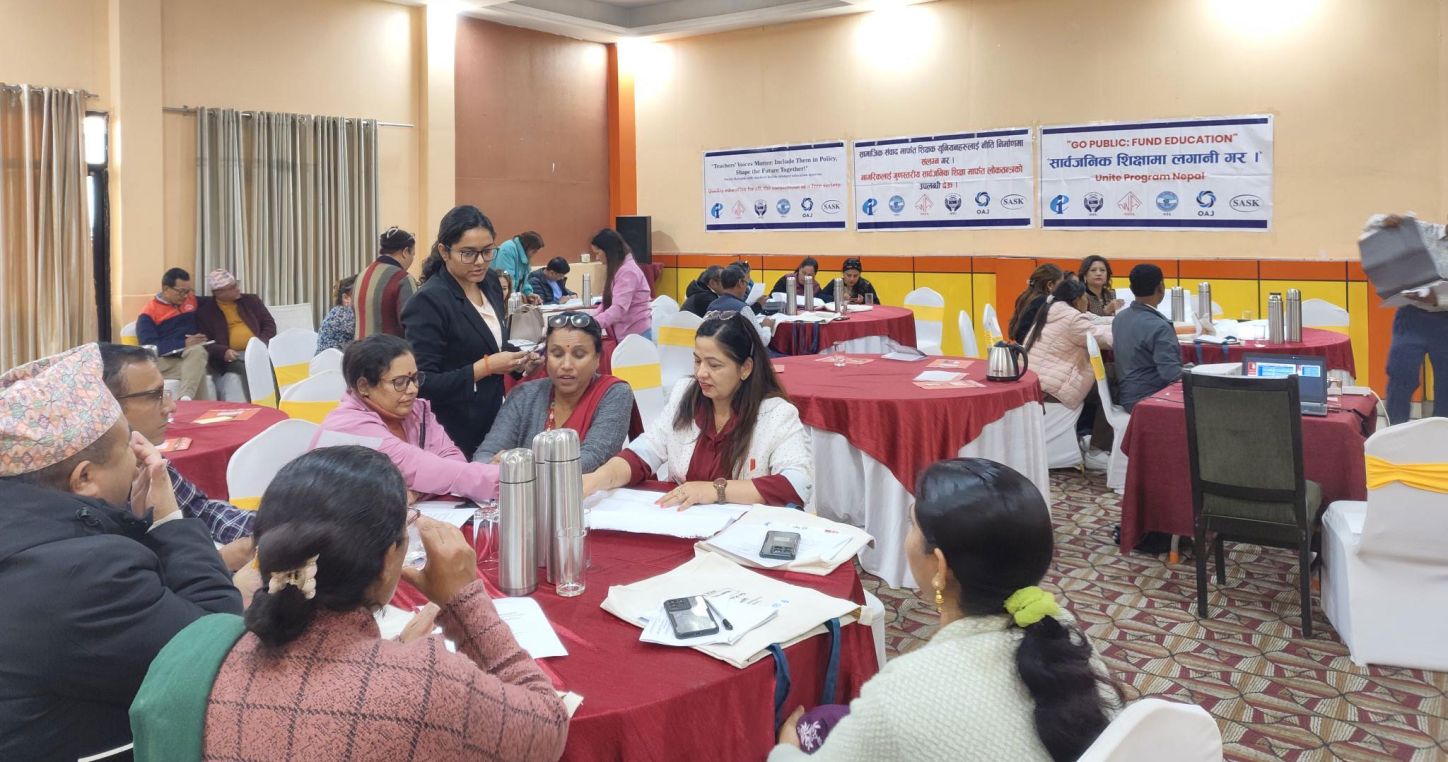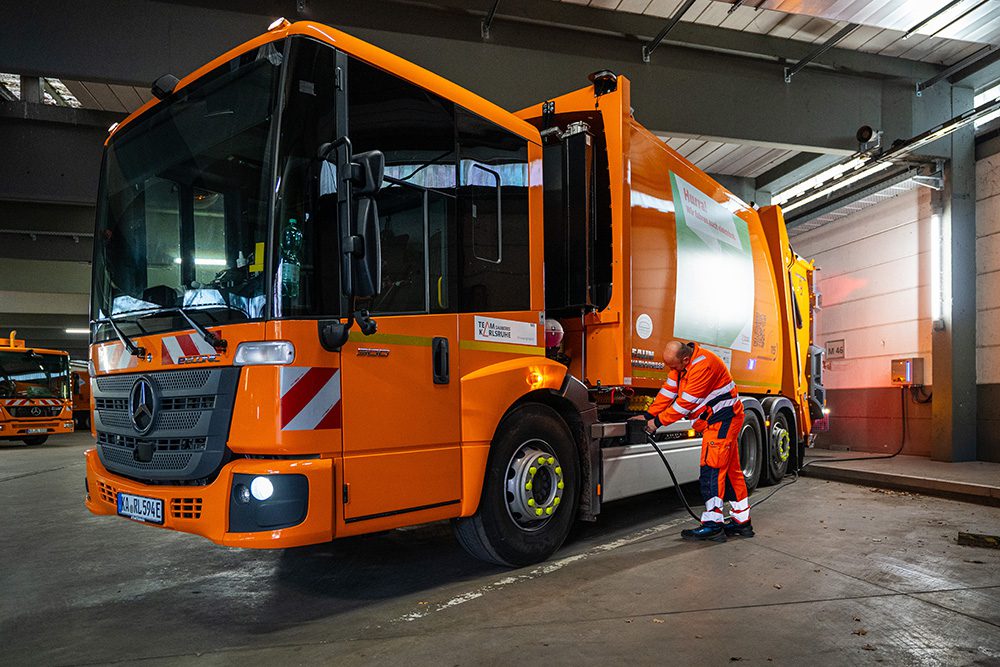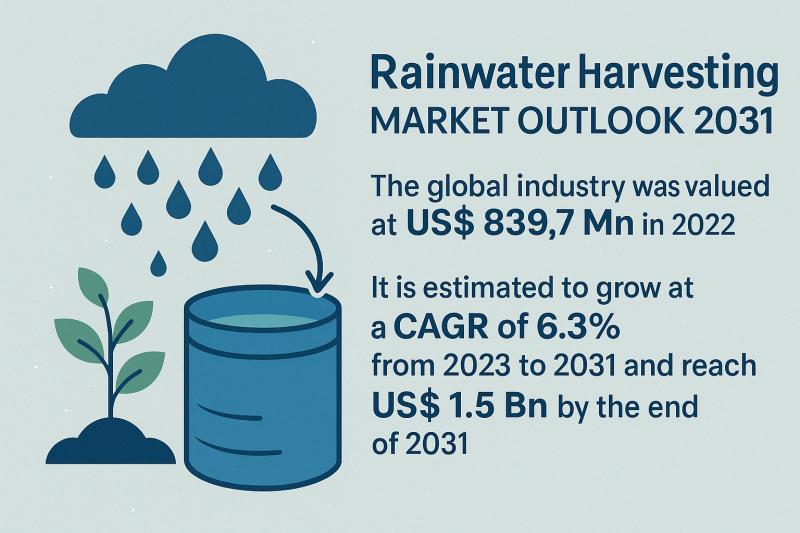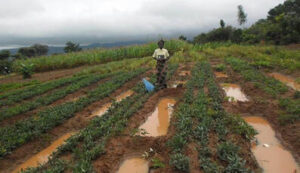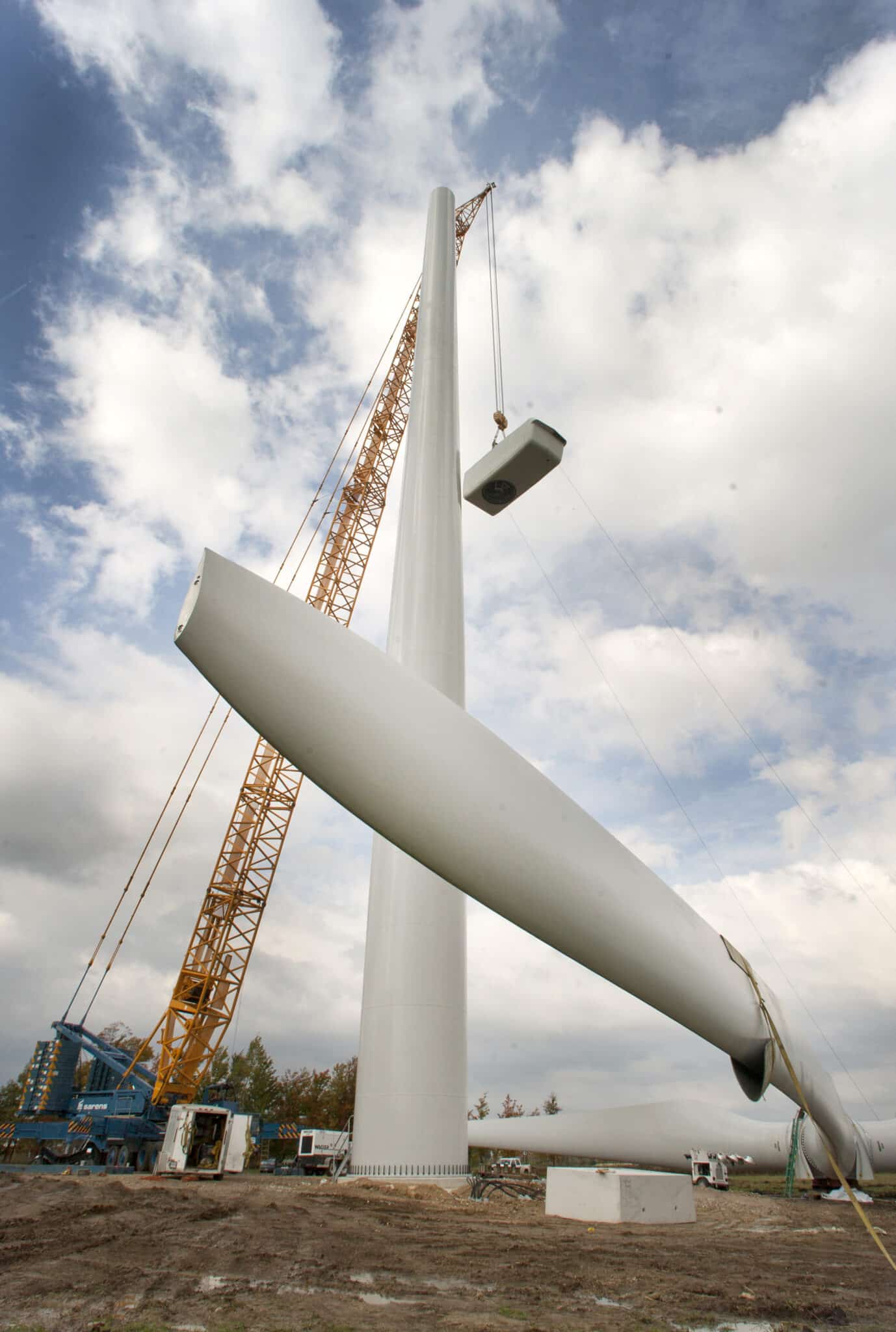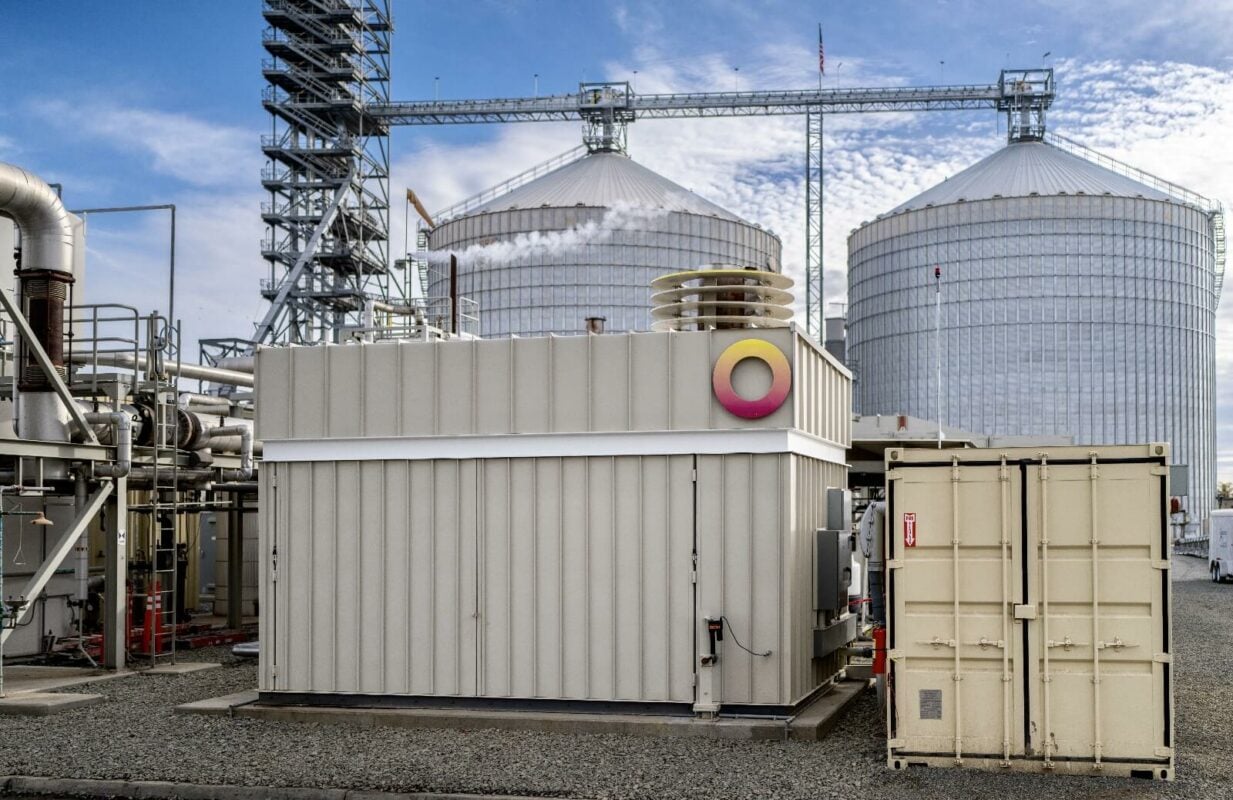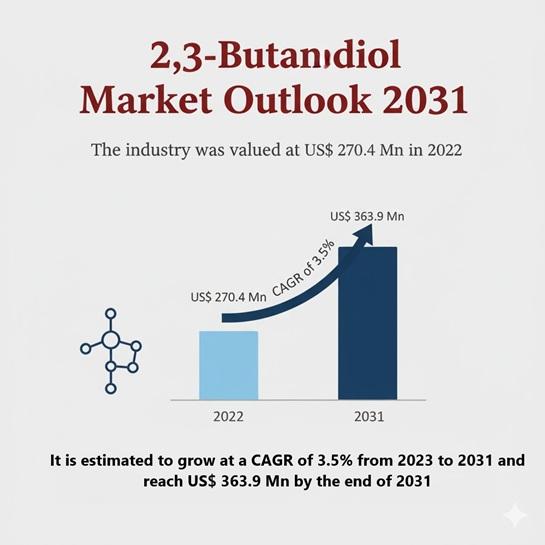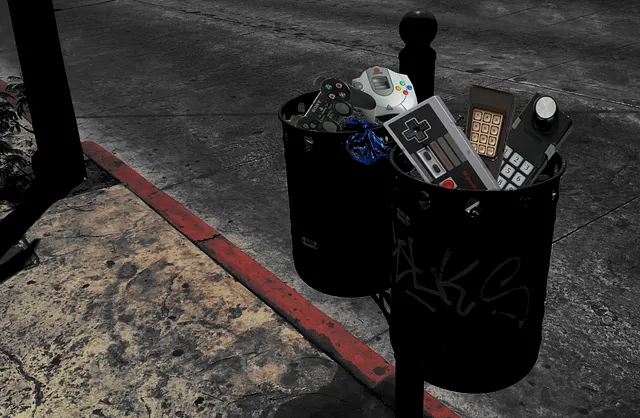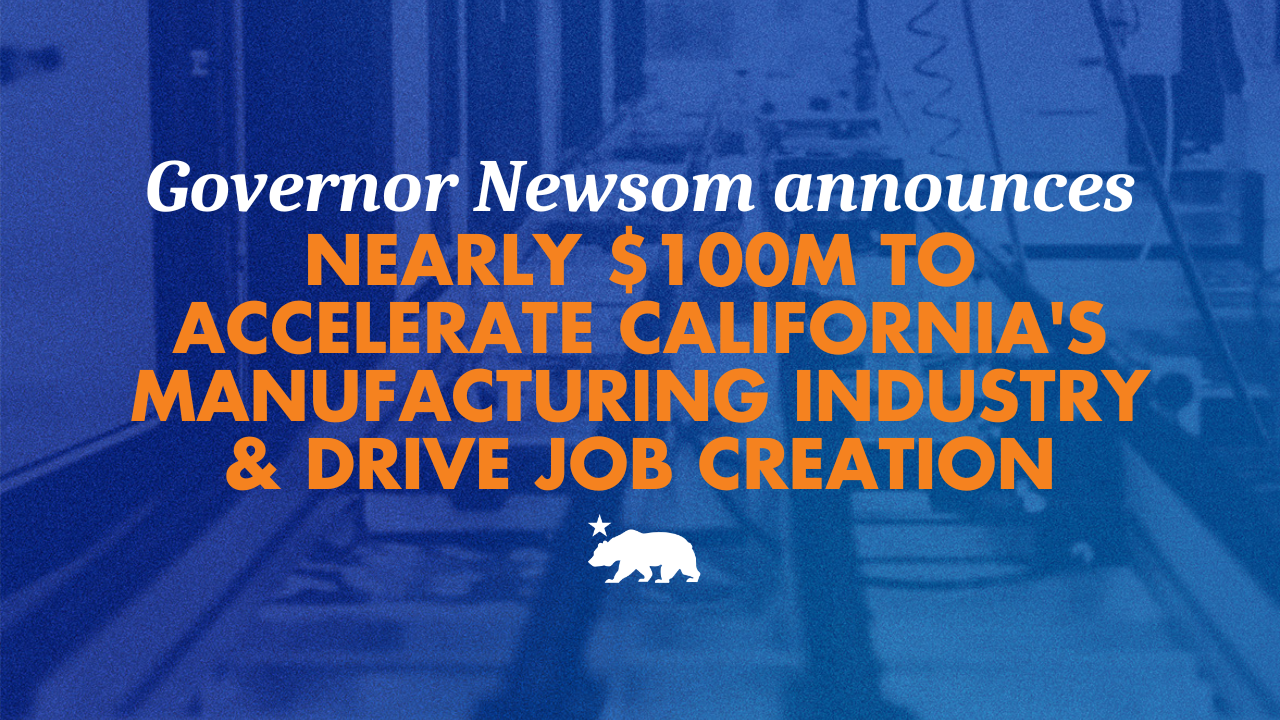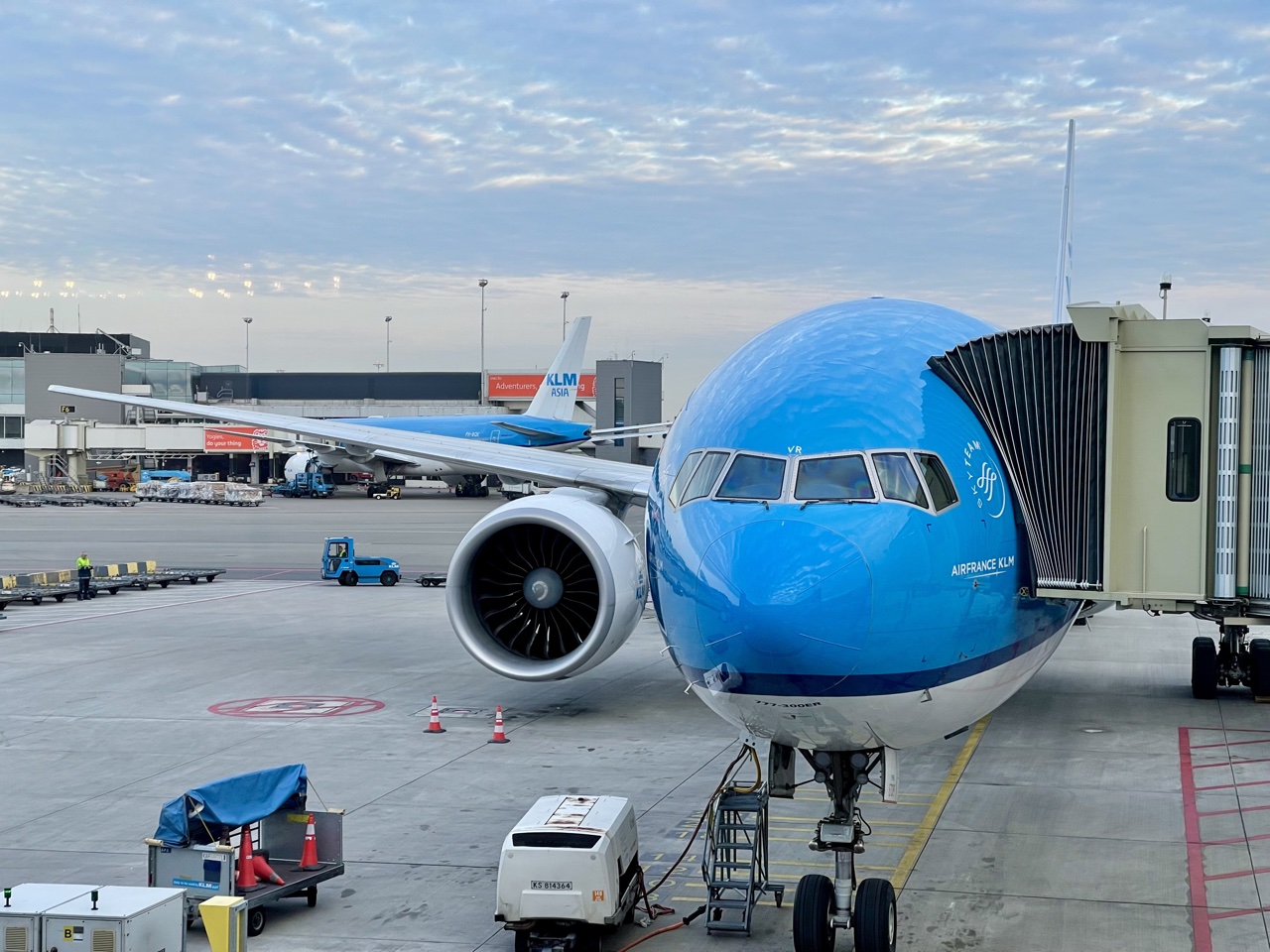USINDOPACOM commander attends soft opening of ‘The Forge,’ an advanced manufacturing facility in Hawaii – DVIDS

Report on the Inauguration of ‘The Forge’ Advanced Manufacturing Facility
Executive Summary
On July 28, 2025, Admiral Samuel J. Paparo, Commander of U.S. Indo-Pacific Command (USINDOPACOM), attended the soft opening of “The Forge,” a new advanced manufacturing facility at Schofield Barracks, Hawaii. This report details the facility’s strategic objectives and its alignment with several United Nations Sustainable Development Goals (SDGs), including SDG 9 (Industry, Innovation, and Infrastructure), SDG 8 (Decent Work and Economic Growth), SDG 16 (Peace, Justice, and Strong Institutions), and SDG 17 (Partnerships for the Goals).
Fostering Innovation and Resilient Infrastructure (SDG 9)
The establishment of The Forge represents a significant investment in building resilient infrastructure and fostering innovation. The facility is the outcome of a multi-year partnership between USINDOPACOM and the Department of Defense’s Innovation Capability and Modernization (ICAM) Office, leveraging technology from the Department of Energy’s Oak Ridge National Laboratory.
Technological Capabilities and Strategic Applications
- The facility will utilize advanced manufacturing technologies to maintain a strategic military edge and enhance the sustainability of the Joint Force.
- Core technologies include 3D printing, precision machining, casting, forging, and rapid prototyping.
- Production will range from critical replacement parts to advanced prototype components and unmanned systems, thereby reducing dependence on fragile, long-distance supply chains and promoting more sustainable, localized production patterns (SDG 12).
Promoting Economic Growth and Strong Institutions (SDG 8 & SDG 16)
The Forge is designed to be a cornerstone of regional stability and economic vitality, directly contributing to the promotion of peaceful societies and sustainable economic development.
Economic and Community Impact
The facility is projected to achieve the following outcomes, which align with SDG 8 and SDG 11 (Sustainable Cities and Communities):
- Stimulate economic growth within Hawaii.
- Strengthen the local defense industrial base, creating resilient and sustainable community infrastructure.
- Develop a skilled workforce through the engagement and training of military technicians.
Enhancing Regional Peace and Security
By enhancing defense capabilities and operational readiness, The Forge directly supports USINDOPACOM’s mission to build strong, effective, and accountable institutions that can ensure regional stability. This mission includes:
- Promoting security cooperation.
- Encouraging peaceful development.
- Responding to contingencies.
- Deterring aggression to maintain peace.
Strengthening Partnerships for the Goals (SDG 17)
The success of The Forge is predicated on a multi-stakeholder partnership model, a key tenet of SDG 17. The project exemplifies a robust collaboration between different governmental and military entities to achieve shared objectives.
Collaborative Framework
- The facility was funded by the DoD’s Industrial Base Analysis and Sustainment Program, demonstrating a key domestic partnership.
- It establishes a “Joint Force ‘Collaborative Environment'” designed to accelerate innovation through shared expertise.
- The framework provides future opportunities for rapid prototyping and technological cooperation with international partners and allies, strengthening global partnerships for sustainable development.
1. Which SDGs are addressed or connected to the issues highlighted in the article?
- SDG 8: Decent Work and Economic Growth: The article mentions that the new facility is intended to stimulate economic growth in Hawaii.
- SDG 9: Industry, Innovation and Infrastructure: The core subject of the article is the establishment of a new, innovative industrial facility (“The Forge”) that utilizes advanced manufacturing technologies to build and sustain critical infrastructure (defense capabilities).
- SDG 16: Peace, Justice and Strong Institutions: The facility’s purpose is to strengthen a national institution (the U.S. military) to enhance security, deter aggression, and promote stability, which are key components of this goal.
- SDG 17: Partnerships for the Goals: The project is described as a “multi-year partnership” between different government entities and also aims to foster collaboration with allies.
2. What specific targets under those SDGs can be identified based on the article’s content?
-
SDG 8: Decent Work and Economic Growth
- Target 8.2: “Achieve higher levels of economic productivity through diversification, technological upgrading and innovation…” The article directly supports this target by describing how “The Forge” will “stimulate economic growth in Hawaii” through the use of “advanced manufacturing technologies” and “manufacturing innovation.”
-
SDG 9: Industry, Innovation and Infrastructure
- Target 9.5: “Enhance scientific research, upgrade the technological capabilities of industrial sectors… encouraging innovation…” The article details the creation of “The Forge,” a facility explicitly designed to “utilize advanced manufacturing technologies,” “accelerate innovation,” and “revolutionize our defense capabilities” by leveraging “manufacturing innovation created at the Department of Energy’s Oak Ridge National Laboratory.”
- Target 9.b: “Support domestic technology development, research and innovation…” The article highlights the DoD’s commitment to “strengthening Hawaii’s defense industrial base,” which is a direct application of supporting domestic technology and industrial capability.
-
SDG 16: Peace, Justice and Strong Institutions
- Target 16.a: “Strengthen relevant national institutions… for building capacity… to prevent violence…” The entire project is an effort to strengthen a national institution (USINDOPACOM/DoD) by building its capacity to “sustain the Joint Force,” “ensure readiness and resilience,” and “deter aggression,” thereby contributing to regional stability and peace.
-
SDG 17: Partnerships for the Goals
- Target 17.16: “Enhance the Global Partnership for Sustainable Development, complemented by multi-stakeholder partnerships that mobilize and share knowledge, expertise, technology and financial resources…” The facility is described as the “result of a multi-year partnership between USINDOPACOM and the Department of Defense (DoD)’s Innovation Capability and Modernization (ICAM) Office.”
- Target 17.17: “Encourage and promote effective public, public-private and civil society partnerships…” The project exemplifies a public-public partnership involving USINDOPACOM, the DoD’s ICAM office, and the Department of Energy’s Oak Ridge National Laboratory. It also mentions creating “opportunities for rapid prototyping with partners and allies,” promoting further partnerships.
3. Are there any indicators mentioned or implied in the article that can be used to measure progress towards the identified targets?
-
For SDG 8 (Target 8.2):
- Implied Indicator: Stimulation of local economic growth. The article states the facility will “stimulate economic growth in Hawaii.” Progress could be measured by tracking local job creation, investment, and contribution to the state’s GDP.
-
For SDG 9 (Targets 9.5 & 9.b):
- Mentioned Indicator: Development and utilization of advanced technology. The article explicitly lists “advanced manufacturing technologies, including 3D printing, precision machining, casting and forging, and rapid prototyping” as being central to the facility.
- Implied Indicator: Production of innovative products. The facility’s output, such as “advanced prototype components and unmanned systems,” serves as a direct indicator of innovation and upgraded technological capability.
- Implied Indicator: Strengthening of the local industrial base. The stated commitment to “strengthening Hawaii’s defense industrial base” is an indicator of progress.
-
For SDG 16 (Target 16.a):
- Implied Indicator: Enhancement of institutional capacity. The article states the facility will “revolutionize our defense capabilities and operational readiness” and “strengthen expeditionary military capabilities,” which are direct measures of the institution’s enhanced capacity.
-
For SDG 17 (Targets 17.16 & 17.17):
- Mentioned Indicator: Existence of multi-stakeholder partnerships. The article identifies the “multi-year partnership between USINDOPACOM and the Department of Defense (DoD)’s Innovation Capability and Modernization (ICAM) Office” as the foundation of the project.
- Implied Indicator: Collaborative activities with partners. The goal to provide “opportunities for rapid prototyping with partners and allies” implies that the number and scope of these collaborations would be a measure of progress.
4. Table of SDGs, Targets, and Indicators
| SDGs | Targets | Indicators (Mentioned or Implied in Article) |
|---|---|---|
| SDG 8: Decent Work and Economic Growth | 8.2: Achieve higher levels of economic productivity through technological upgrading and innovation. | Stimulation of economic growth in Hawaii. |
| SDG 9: Industry, Innovation and Infrastructure | 9.5: Enhance scientific research, upgrade the technological capabilities of industrial sectors.
9.b: Support domestic technology development, research and innovation. |
– Utilization of advanced manufacturing technologies (3D printing, precision machining, etc.). – Production of advanced prototype components and unmanned systems. – Strengthening of Hawaii’s defense industrial base. |
| SDG 16: Peace, Justice and Strong Institutions | 16.a: Strengthen relevant national institutions to build capacity and prevent violence. | Enhancement of defense capabilities and operational readiness to deter aggression and ensure stability. |
| SDG 17: Partnerships for the Goals | 17.16: Enhance partnerships that mobilize and share technology and resources.
17.17: Encourage and promote effective public-public partnerships. |
– Existence of the multi-year partnership between USINDOPACOM and the DoD’s ICAM Office. – Collaborative prototyping activities with partners and allies. |
Source: dvidshub.net

What is Your Reaction?
 Like
0
Like
0
 Dislike
0
Dislike
0
 Love
0
Love
0
 Funny
0
Funny
0
 Angry
0
Angry
0
 Sad
0
Sad
0
 Wow
0
Wow
0





